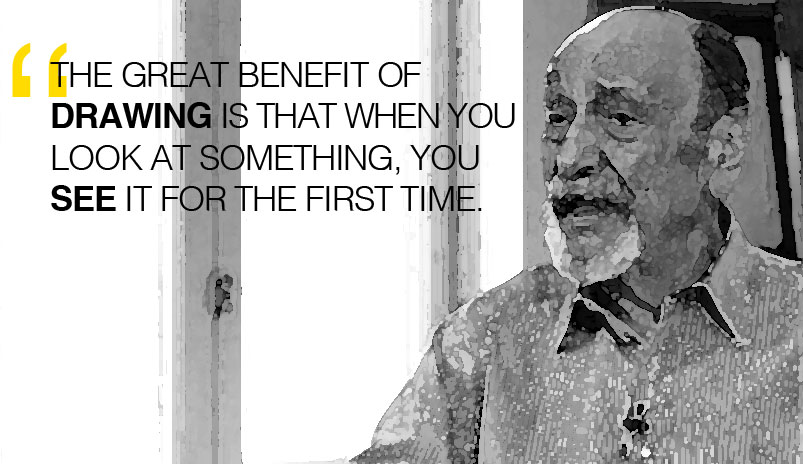Core member, Andy McCarroll, this week came across a number of insightful articles that contribute to our better understanding of the LCLI framework may you better used to understand the world:
Sunday Sept 15 NY Times Sunday Review: article “When Complexity is Free” by Thomas Friedman:
This article highlights the importance of the “crowd sourcing” concept as the way in which “life” and creativity rally to substantive challenges rather than using some pre-established corporate structure as the magic that generates an outcome. It emphasizes again the need to remain connected to authentic moments of opportunity, using the structure as a means to create these opportunities.
Second, on a psychological point, I have just become aware of some of the writings of Dan Pink (just ordered recent book [http://www.danpink.com/books/drive/] and in particular, some of his discussion of human motivation, and how pure financial rewards as motivation often detract from maximum creative capacity and may not be the best way to draw out the fullness human beings have to offer.
Finally, a great example of a for-profit business emphasizing its charitable mind as part of the business plan. You may already be aware, but I plan to get up to speed on their approach: See http://www.toms.co.uk/our-movement/l
Sunday Sept 15 NY Times Sunday Review: article “When Complexity is Free” by Thomas Friedman:
This article highlights the importance of the “crowd sourcing” concept as the way in which “life” and creativity rally to substantive challenges rather than using some pre-established corporate structure as the magic that generates an outcome. It emphasizes again the need to remain connected to authentic moments of opportunity, using the structure as a means to create these opportunities.
Second, on a psychological point, I have just become aware of some of the writings of Dan Pink (just ordered recent book [http://www.danpink.com/books/drive/] and in particular, some of his discussion of human motivation, and how pure financial rewards as motivation often detract from maximum creative capacity and may not be the best way to draw out the fullness human beings have to offer.
Finally, a great example of a for-profit business emphasizing its charitable mind as part of the business plan. You may already be aware, but I plan to get up to speed on their approach: See http://www.toms.co.uk/our-movement/l

 RSS Feed
RSS Feed
